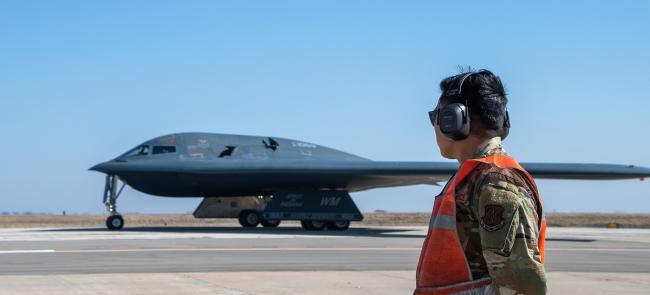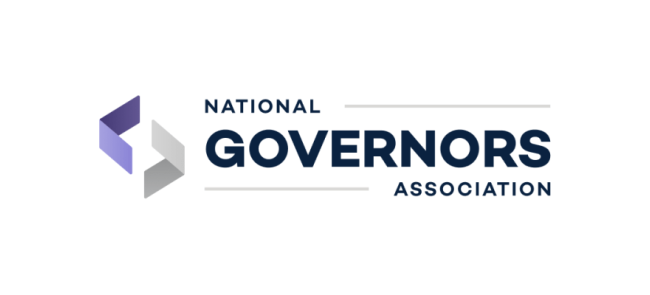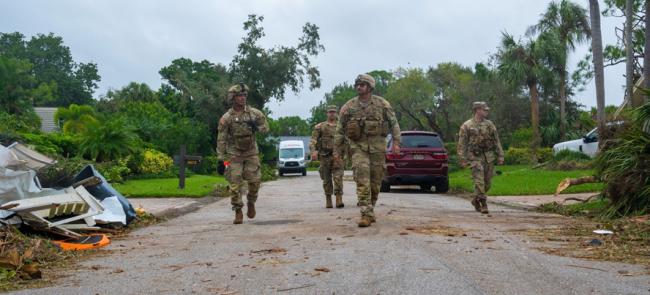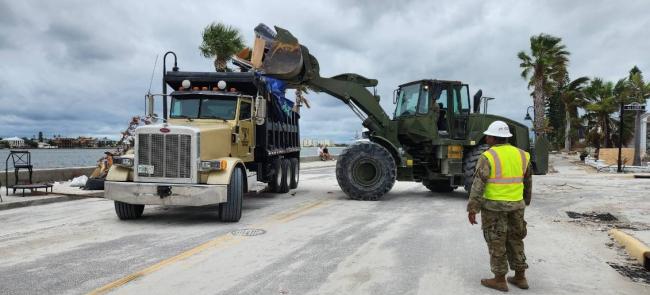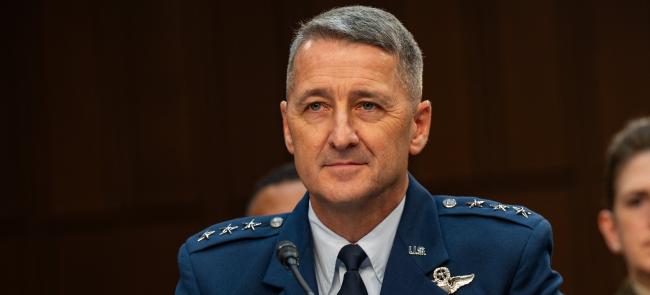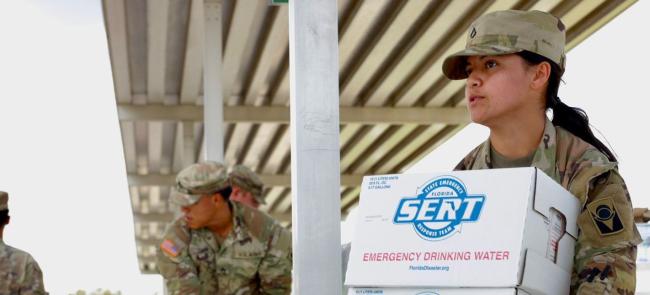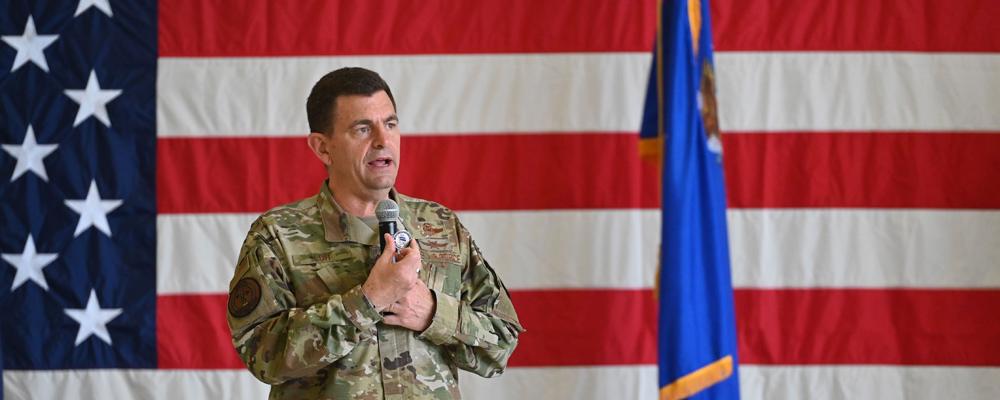
The director of the Air National Guard says increasing military readiness today and strength tomorrow depends on operationalizing the National Defense Strategy first.
Lt. Gen. Michael A. Loh argues the 2022 strategy establishes how the Defense Department will help protect Americans, expand national prosperity and realize and defend democratic values.
“I need every Air National Guard airmen to see themselves in the National Defense Strategy, no matter if you are a drill-status Guardsmen or a full-time member … you must get out there and do these things,” Loh said during a panel on the Guard and Reserve at the Air and Spaces Forces Association’s Air, Space and Cyber Conference in National Harbor, Maryland last week.
Loh argued Guard and Reserve readiness begins with a strong, healthy recapitalization plan.
"One in every two or one out of every three new fighters off the line should be coming to the Guard and Reserve," he said.
Loh described four priorities in the latest NDS:
1. Defending the homeland while pacing to the growing multi-domain threat from the People’s Republic of China.
2. Deterring strategic attacks against the U.S., its allies and partners.
3. Deterring aggression while being prepared to prevail in conflict when necessary, prioritizing the PRC challenge in the Indo-Pacific, then the Russia challenge in Europe.
4. Building a resilient Joint Force and defense ecosystem.
Loh explained the need to level the fighter fleet.
Currently, the Air Guard operates about 27% of the fighter fleet, but just under 7% of the F-35 Lightning II fleet.
Fleet leveling will preserve active and Guard capabilities while lowering Total Force operating costs.
Per Loh, concurrent recapitalization will help remedy existing underinvestment in the Air Guard.
But Loh explained the Total Force must adjust the force mix of active and Guard components to fully leverage the Air Guard for strategic competition.
The reserve component brings value to the Total Force by maintaining a ready capability at a lower cost.
Maj. Gen. Daryl L. Bohac, the adjutant general of Nebraska and the president of the Adjutants General Association of the United States, was also a panel member last week.
Bohac explained adjusting the fighter ratio from 63/27 to 50/50 between the active and reserve components would save $2.36 billion during the Future Years Defense Program.
The panel additionally featured Lt. Gen. John P. Healy, the chief of the Air Force Reserve.
Titled "Secret Weapons: Guard and Reserve," the discussion highlighted the unique capabilities the reserve component brings to warfighting.
The Air Guard has continuously provided support during the last three decades, fielding an indispensable and cost-effective force which is ready at a moment's notice.
Since 2020, the Guard has mobilized at the highest levels since World War II.
The Guard has since provided 30% of America's operational airpower and supported every combatant commander worldwide.
“The secret is no secret," Loh said. "We need to be fully interoperable, on par with our active-duty counterparts, and we need to make sure we get that recapitalization, and we are there concurrently with them."
"That doesn’t always happen and it’s still not happening today," he continued.
"We need to leverage the best of each of the components, to build the largest and strongest total Air Force."
The reserve components provide the U.S. with capability at a lower cost point.
In the future, this aspect of the Guard and Reserves will only become more important.
— By Maj. Amber R. Schatz, Air National Guard

